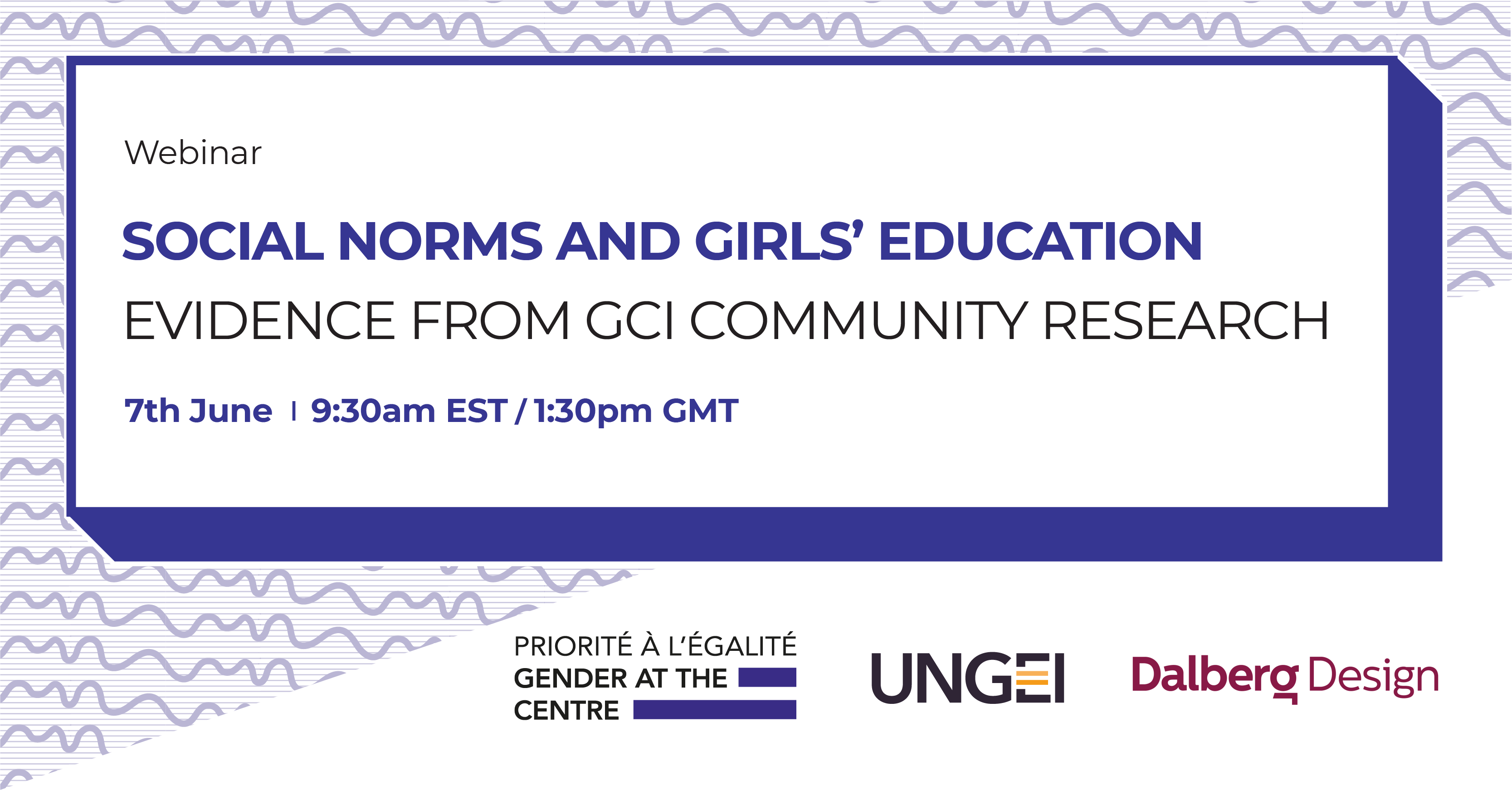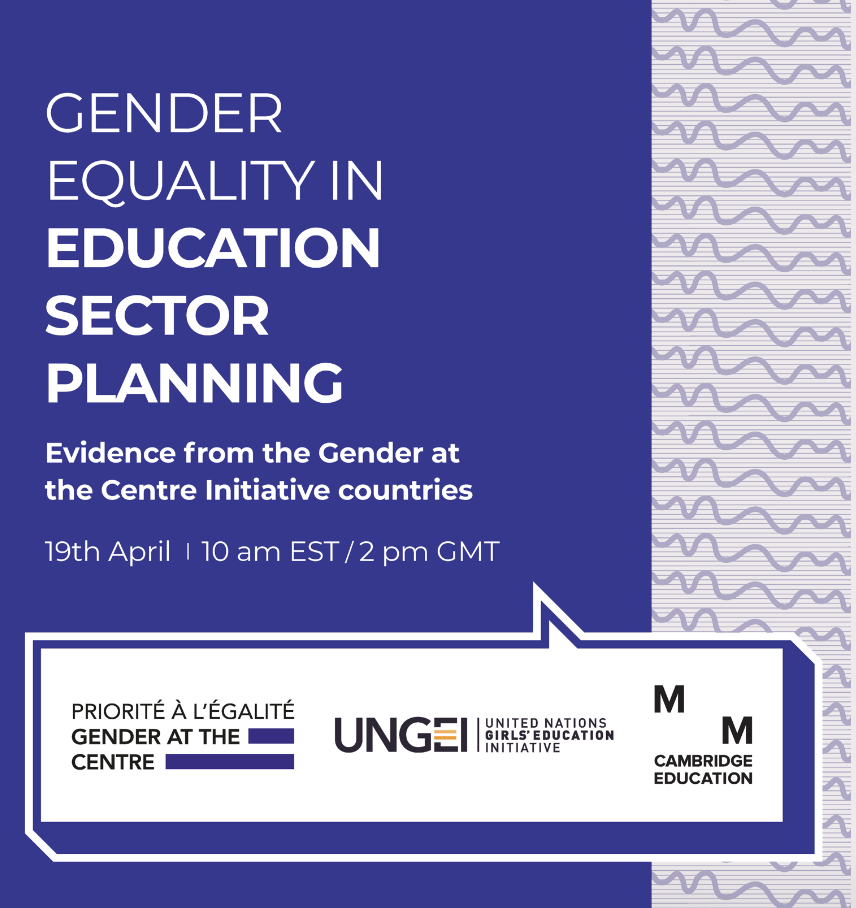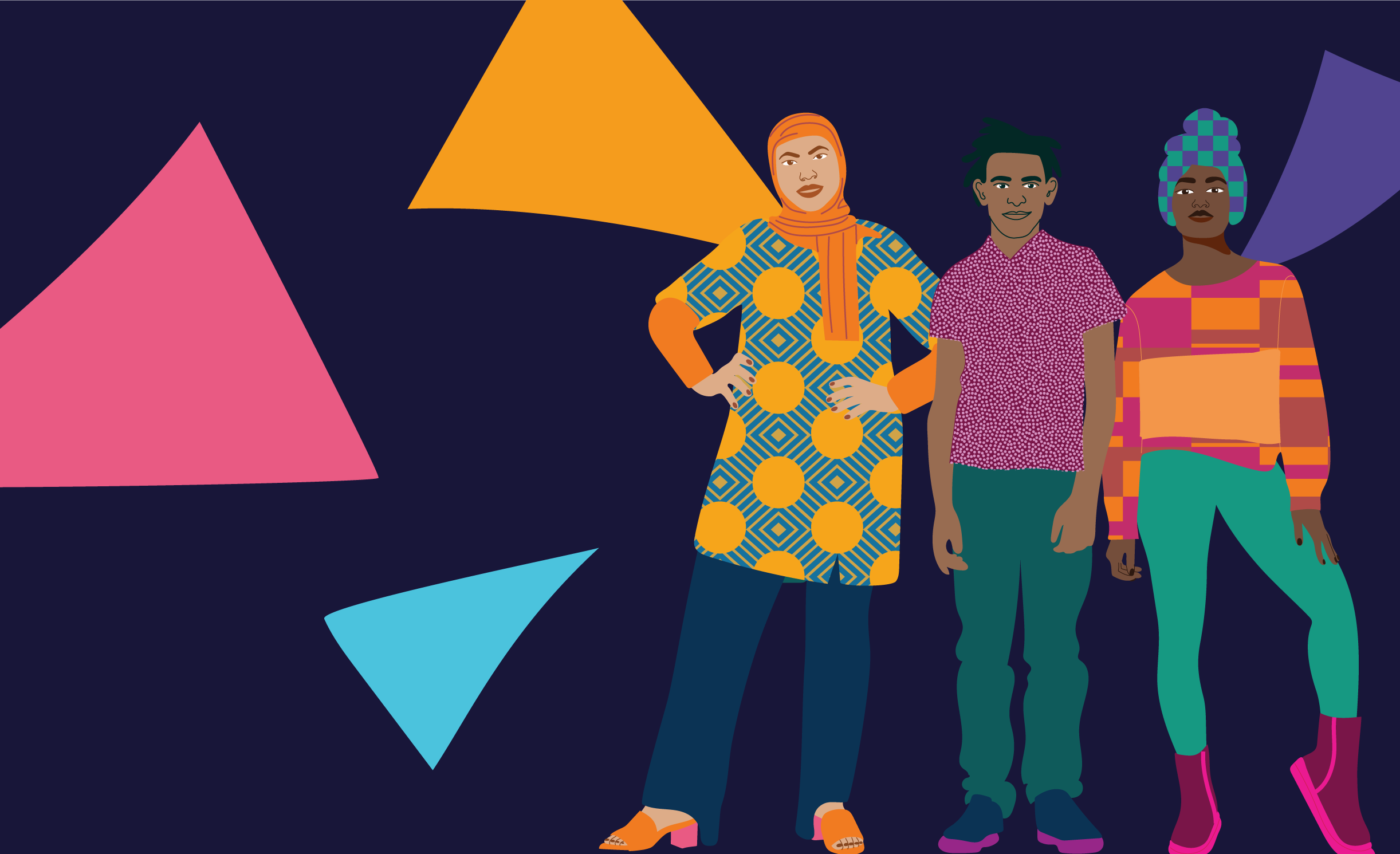In some Western cultures, pink is for girls, blue is for boys. Why? It just is. You might hear mothers remark with wonder that their little girls just love the pink dress (that was given to them). You may have heard fathers insist that their sons not wear pink clothing. It’s interesting to think that at the end of the nineteenth century in the USA, pink was actually the colour preferred for boys, it being a softer version of military red. Things change.
The accepted wisdom that stereotypes originally come from a place of truth is erroneous. No credible research has indicated that girls gravitate to pink things without any cultural prompting. Our gendered behaviour is primarily socially conditioned. Research suggests that the idea of a female brain and a male brain is false [1]. Rather, the plasticity of the brain means that it can be moulded – from birth onwards – through learning, engaging in the world and being socially conditioned. This includes learning and absorbing gender stereotyping.
Gendered colours are harmless though, right? No, not really. Any gender stereotype will reinforce a gender bias. In 2019, a Fawcett Society study found that 45 per cent of people said that when they were children, they experienced gender stereotyping as they were expected to behave in a certain way [2]. Seven in 10 younger women (18-34s) affected by stereotypes say their career choices were restricted [3]. Around 70 per cent of individuals in 34 countries associated science with males more than with females [4].

Caregivers and teachers often reproduce the stereotype that boys are better in science and mathematics than girls, encouraging girls to aspire to ‘female-oriented’ careers instead of ‘male’ STEM related ones [5,6]. To compound this negative reinforcement, curriculum and learning materials reinforce gender stereotypes and unequal gender norms in STEM. In India, illustrations in math and science textbooks in primary school show 6 per cent girls, but more than 50 per cent boys [7]. The stereotyping sanctioned by parents, teachers and the curriculum itself negatively impacts a girl’s self-belief – and her future aspirations [8].
When three women won the Nobel Prize for science in 2020, it was newsworthy partly because not many women have won the prize over the years. But is it also newsworthy because, even today, many would not expect women to be such high achievers in science, technology, engineering and mathematics.
Engineering is for boys. Mechanical toys are for boys. Science experiments are for boys. These are the stereotypes we learn. Where does this thinking come from? There’s obviously a lot to unpack here: traditional roles in society born out of a female’s capability to bear children, or stronger upper body strength, on average, amongst males, for example. But they don’t speak to our cognitive and intellectual potential. And I’m sure there would be many who would dispute every particular of the above. Questioning norms that are the foundation of our interaction with the world is difficult for all of us to do.
Acknowledging that stereotypes exist is straightforward. Deciding that they shouldn’t constrain our behaviour and life path is a little harder. But confronting and actively challenging these stereotypes – indeed, breaking them! – is an altogether more difficult process. How do we do it? How do we take organic and grassroots solutions toward a tipping point of change? This International Girls in ICT Day (22nd April), UNGEI hosted an Instagram Live event to explore these important questions. Transform Education members Maryam and Nivaal and NASA engineer Farah Alibay talked about working with NASA on the Mars 2020 mission, how to drive progress for gender equality in STEM and why representation matters. Shifting power in STEM starts with listening to the experts and girls themselves, such as the inspiring changemakers on UNICEF’s Teen. Girl. Activist site. Debunking stereotypes is in their very capable hands…
The first thing we need to do is recognize that there is a societal bias... let’s recognize that we are treating girls differently and that they are not being given the same opportunities. Now that we’ve started to recognize that problem, I think...normalizing STEM for girls, providing resources, and providing a safe space for girls is really important.
Farah Alibay, Systems Engineer, NASA (UNGEI International Girls in ICT IG Live Event)
Some choose to tackle stereotypes head-on, like the ‘Talent Viewer’ in the Netherlands, to break the stereotype that girls can’t successfully engage in STEM. Girls and boys in primary school (aged 9 to 12) assign talents to each other, discuss them, then investigate what STEM professions used these talents. This looks at certain talents being appropriate for STEM, not gender. A woman working in a STEM field talks to the classes about her job, effectively role modelling for girls. Critically, parents are encouraged to discuss the talents with their child and teachers participate in professional development on gender awareness, STEM education and talent development. The evaluation of the programme has indicated a positive change in attitude in both girls and boys towards girls’ participation in STEM. Around 46,000 children have engaged in this exciting work to date.
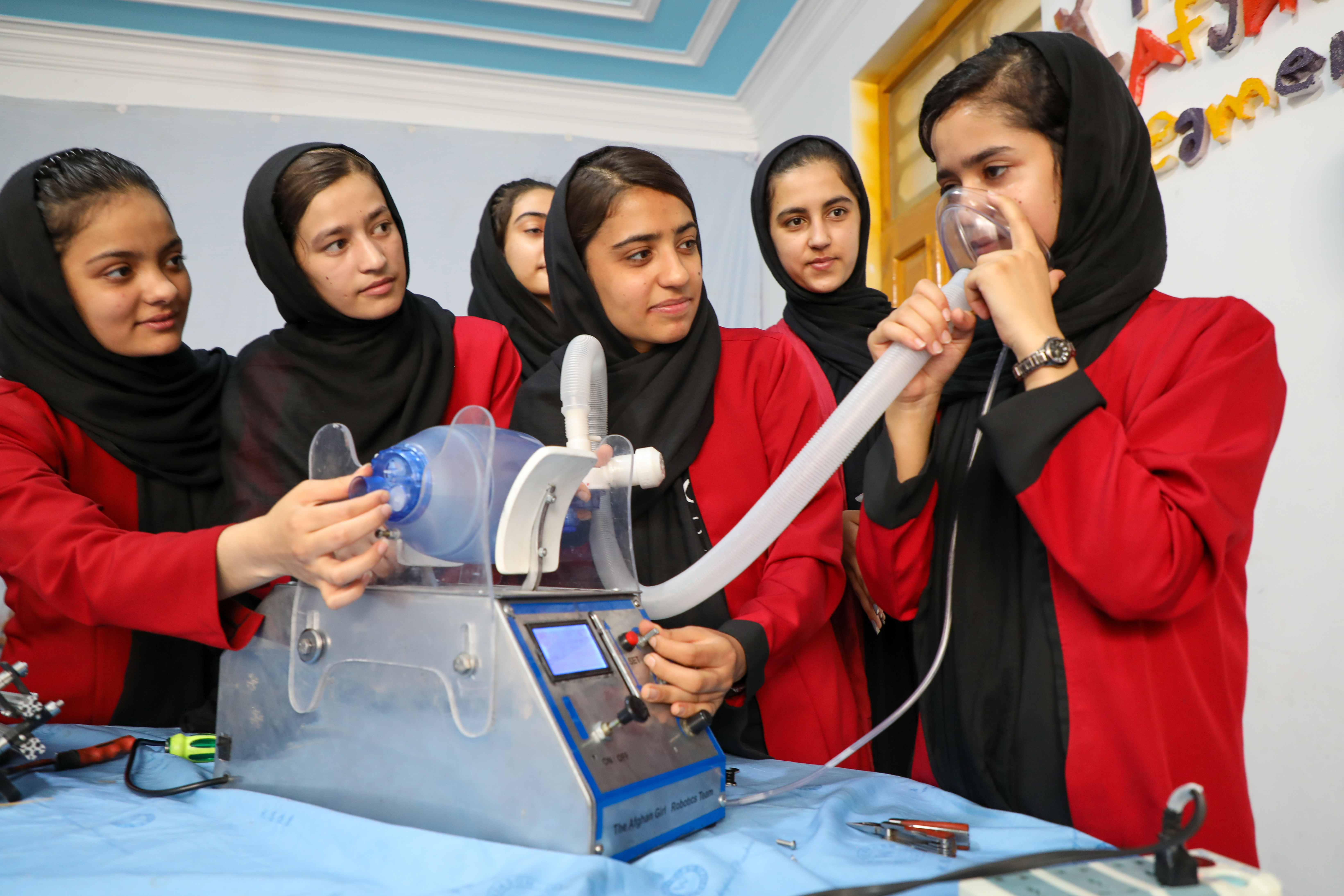
Another approach is simply to place girls in STEM-related industries, to show that it’s a natural place for both men and women, like the ‘Technogirls’ programme. This is a public-private partnership in South Africa that seeks to enhance the career uptake by disadvantaged girls in STEM fields (which is critical to the country’s economic growth). It identifies school-going young women from disadvantaged communities and places them in corporate mentorship and job-shadowing programmes. So far, 11,241 girls have engaged in structured job-shadowing programmes – and 78 per cent of them who have gone on to study in one of three scarce skills STEM fields in the country. These women become role models for the next generation and many of them are now mentors to new intakes of girls.
The best investment is...girls' quality STEM education. And if we can give support to girls for quality STEM education, they will pay back successfully in the future to make a better world.
Nasrin Siddiqa, Brookings Echidna Global Scholar (UNGEI@20 Forum)
Other education systems have worked on how they teach STEM to ensure that girls aren’t overlooked or left behind. UNICEF in Ghana has worked with the Korea International Cooperation Agency and the Ghana Education Service on the ‘Better Life for Girls’ project. Focused on dismantling gender norms, the project included gender-responsive pedagogy (teaching and learning processes that pay attention to the specific learning needs of girls and boys) in mathematics and science, and providing life skills and leadership training for adolescent girls – helping more than 4,000 girls to stay in school and explore their potential. Training teachers on gender-responsive pedagogy helped to change girls’ perceptions of their own abilities – and this has a knock-on effect in the learning they pursue. If girls had believed the stereotype about not being good at mathematics, what other stereotypes can they challenge?
And that is surely a question for all of us. During UNGEI’s 20th Anniversary Forum (UNGEI@20), activists, experts and leaders came together to explore what it will take to close the STEM gender gap in education and thus help girls fulfil their leadership potential. The event concluded that we need a gender-transformative approach to education, increasing opportunities for girls to develop digital skills and building their confidence and aspirations to pursue careers as STEM professionals.
Technology is such a useful tool because it doesn't just provide mentors. It provides resources. It provides community. When you take away that access to tech, you take away that access to education as well, that basic human right.
Audrey Pe, WiTech Founder (UNGEI@20 Forum)
In the pursuit of equity in digital literacy and STEM skills, especially as we look toward a world of work where 9 in 10 jobs will require digital skills, UNICEF is proud to mobilize commitments alongside other public and private partners as an Action Coalition for Technology and Innovation as part of the Generation Equality Forum. These commitments include advancing girl-designed solutions to learning fit for a digital world, and advancing an outcome fund for digital literacy equity that brings together the best of public and private human and financial resources.
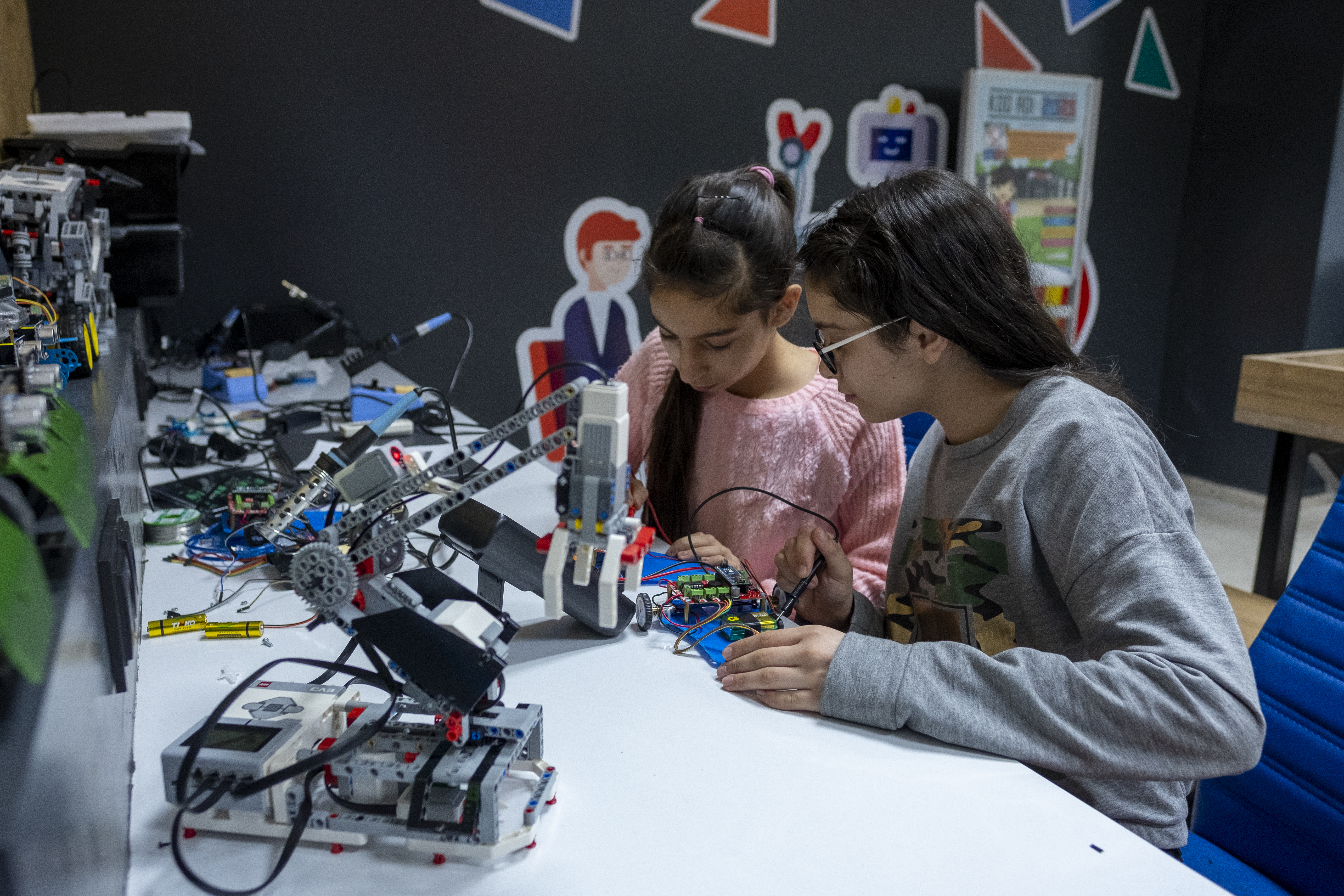
In the context of the Covid-19 crisis, which exposed structural inequalities in education and access to technology, these types of interventions are more important than ever. If we are to deliver on our global commitments to Sustainable Development Goals (SDGs) 4 and 5, we need to understand just how much harm stereotypes of any kind can be, particularly to young, vulnerable, curious children. If we are serious about helping children to achieve their potential – for their own development and so they can contribute to their communities and the world – then we need to minimize the forces that limit that potential. This includes gender stereotyping.
We need to start celebrating children for who they are, not who we think they should be, based on a pointless stereotype. Let’s help them to access their rights to be themselves. Let’s help them to wear whatever colour they like.
